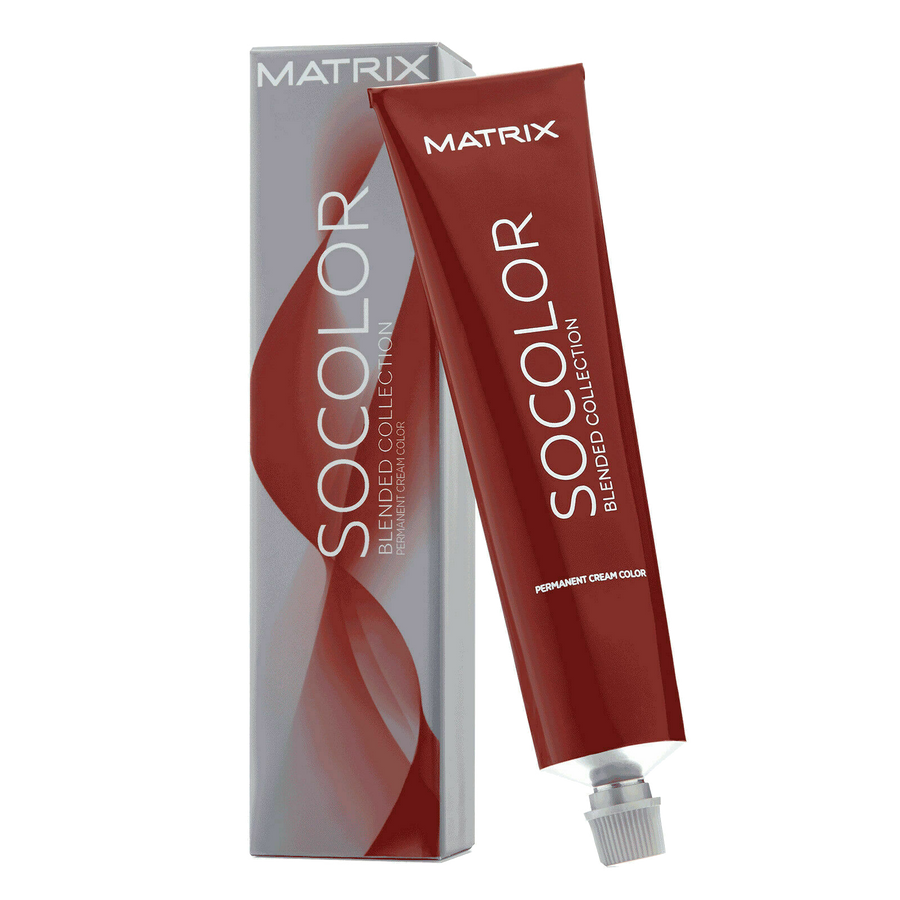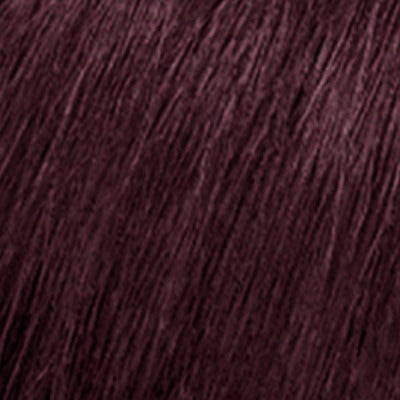Master the Art of Hair Porosity: The Key to Unlocking Your Hair's Potential
Ever feel like your hair is just not cooperating, no matter what you do? That deep conditioning isn't doing its thing, oils aren't absorbing, or your hair dries out faster than a desert? Well, the culprit might be your hair's porosity level—the ability of your hair to absorb and retain moisture. It's a game changer in hair care, and without understanding it, you might be fighting a losing battle with your tresses.
So, let's dive into the fascinating world of hair porosity. It's time to take the guesswork out of your hair care routine. Whether you're a curly girl struggling with frizz, a straight-haired beauty battling dryness, or you're just tired of your hair's random mood swings, mastering the art of hair porosity could be your ticket to a good hair day, every day.
Unlock Your Hair's Potential: A Deep Dive into Hair Porosity
1. Understanding Hair Porosity: The Fundamentals
Hair porosity, a critical aspect affecting your hair's health and appearance, refers to the ability of your hair strands to absorb and retain moisture. The porosity level is determined by the condition of the outermost layer of your hair, known as the cuticle:
- Low Porosity: In low-porosity hair, the cuticle lies flat, making it challenging for moisture to penetrate the hair shaft. As a result, this hair type is prone to product build-up, dryness, and lacklustre tresses.
- Medium Porosity: With this hair type, the cuticle layer is slightly more porous, allowing for the absorption and retention of moisture. Medium-porosity hair typically appears healthier, vibrant, and easier to manage.
- High Porosity: High-porosity hair has a more porous cuticle layer often caused by damage, leading to an increased absorption rate of moisture. However, it also loses moisture quickly, resulting in dry, frizzy, and vulnerable hair.
2. Identifying Your Hair's Porosity: Simple Tests and Observations
Knowing your hair's porosity level is essential to craft an effective hair care regimen. Several straightforward tests and observations can help determine your hair's porosity:
- Float Test: Fill up a glass or bowl with water and place a few clean strands of hair on the surface. Observe if your hair sinks or remains floating. Low-porosity hair will stay afloat, while high-porosity hair will sink rapidly, and medium-porosity hair will eventually sink slowly.
- Slip and Slide Test: Glide your fingers gently upwards along a hair strand, from the tip to the root. A smooth sensation suggests low porosity, while a rough or bumpy feel indicates higher porosity.
- Observations: Pay attention to how your hair reacts to styling, moisturisers, and products. Low-porosity hair could take longer to dry after washing, while high-porosity hair may dry quickly yet remain prone to frizz or breakage.
3. Low-Porosity Hair Care: Overcoming Obstacles and Increasing Moisture
Harness the power of personalised strategies to cater to the unique needs of low-porosity hair:
- Use Heat: Apply deep conditioners with steam or gentle heat to help open the cuticle and enable better absorption of moisture.
- Clarify Regularly: Incorporate a clarifying shampoo in your hair care regimen to eliminate product build-up and minimise moisture barriers.
- Opt for Lighter Products: Lighter oils, such as grapeseed or almond oil, are better suited for low-porosity hair to reduce build-up and heaviness.
- Protein Balance: Keep an eye on protein content in products, as excessive protein can cause your hair to become unresponsive and stiff.
4. High-Porosity Hair Care: Retaining Moisture and Reducing Damage
Maximise the potential of high-porosity hair with targeted treatments and techniques:
- Emphasise Moisture: Regular deep conditioning treatments can provide your hair with much-needed hydration. Make sure to include a leave-in conditioner in your hair care routine as well.
- Be Gentle: Minimize heat styling and chemical processes impacting the hair's cuticle layer to reduce further damage or porosity.
- Protein Treatments: High-porosity hair can benefit from regular protein treatments to help restore hair structure, elasticity, and manageability.
- Seal and Protect: Seal in moisture by applying heavy oils or butters, such as castor oil or shea butter, to damp hair. This prevents moisture from escaping and limits potential damage.
5. Medium-Porosity Hair Care: Maintaining Balance and Efficiency
For medium-porosity hair, a balanced approach is key to ensure proper hydration and hair health:
- Avoid Excessive Heat: Limit heat styling to reduce potential damage to the cuticle layer.
- Protein-Moisture Balance: Maintain a balance between moisture and protein treatments in your hair care regimen to keep tresses healthy, strong and vibrant.
- Routine Maintenance: Periodic hair trims and a consistent, tailored hair care routine will ensure your medium-porosity hair remains manageable and radiant.
Understanding Hair Porosity: A Game Changer for Your Hair Routine
So, take the time to get to know your hair, learn about its porosity, and unlock its full potential. It's a journey of discovery and empowerment, and it starts with understanding the science behind your locks. Remember, knowledge is power, especially when it comes to hair care.
Embrace the transformative power of understanding hair porosity with Smooth & Charming, and let your stunning locks be an inspiring testament to the unsurpassed potential of beauty, health, and sustainability united harmoniously under the guidance of your dedicated hair care companion. Explore our premium hair and beauty products today!




